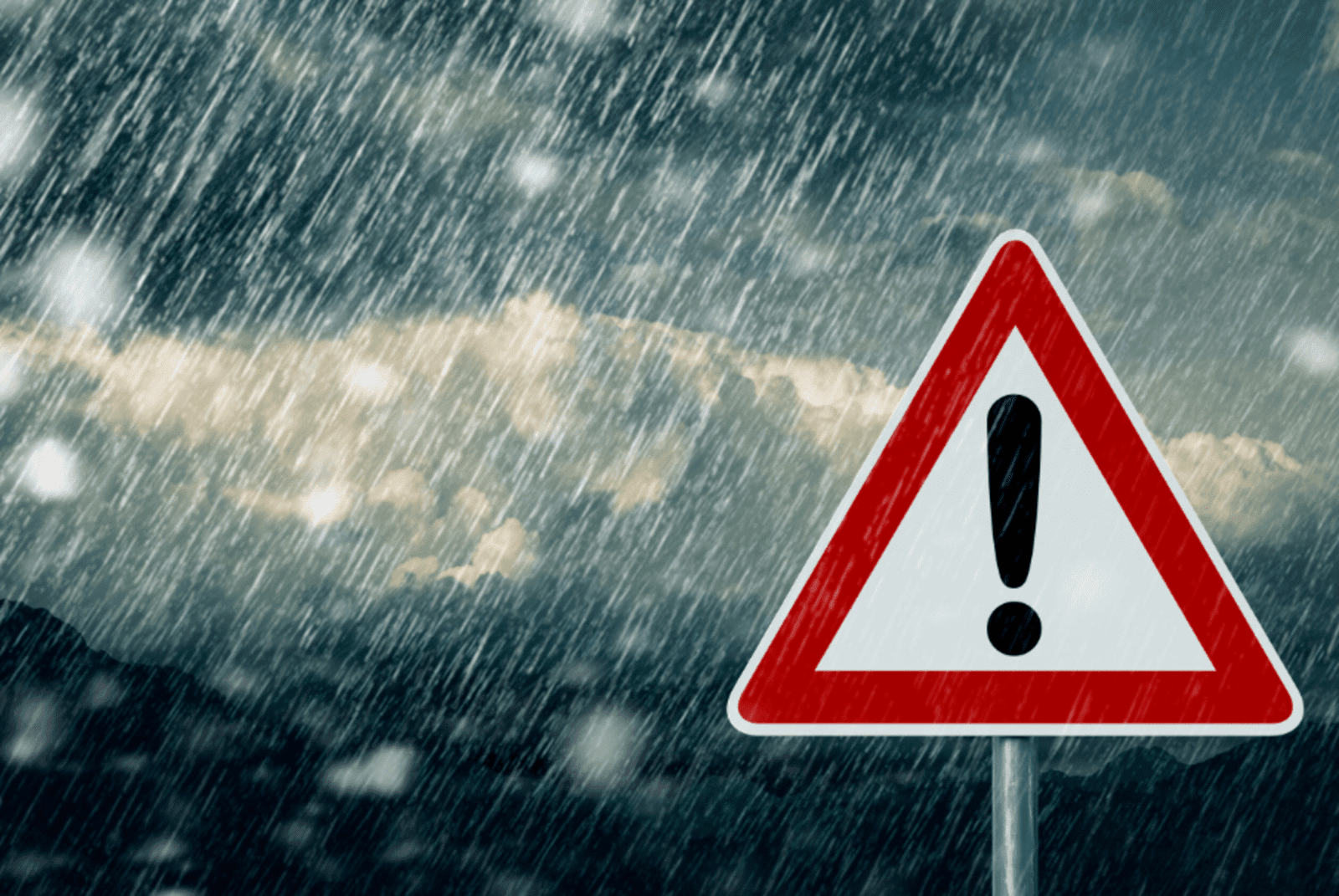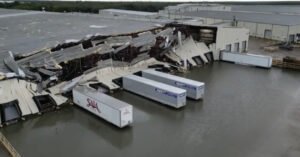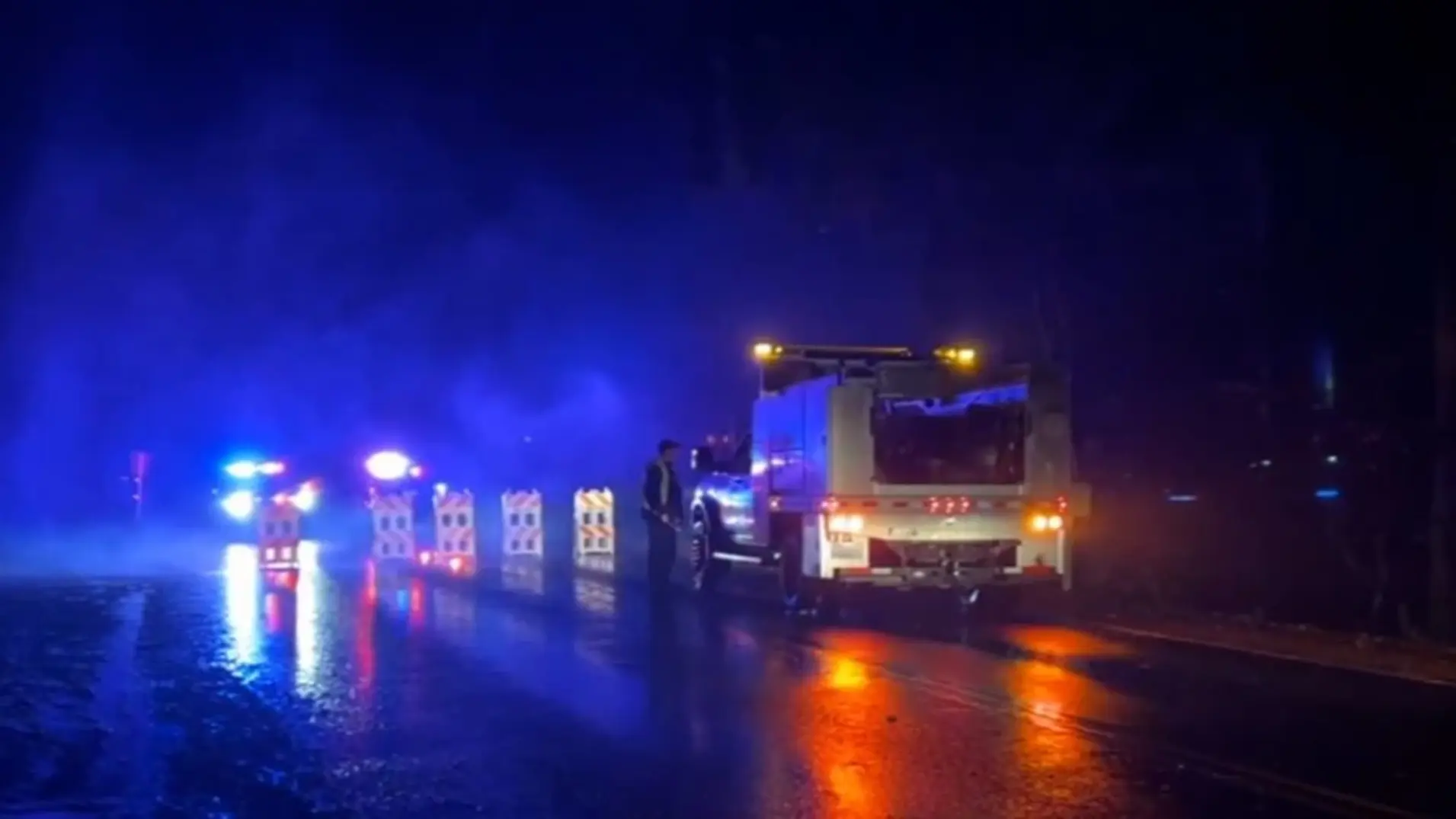
Texas Blackout: 1 Dead.Texas Reeling After Devastating Storms: Millions in the Dark, One Confirmed Dead
A brutal storm system ripped through Texas on Tuesday, unleashing a fury of damaging winds, hail the size of baseballs, and torrential rain. Millions of residents were plunged into darkness as power lines buckled under the weight of the storm, and at least one person was confirmed dead as a result of the weather event. Texas Blackout: 1 Dead
A Widespread Blackout
The brunt of the power outages hit north Texas, with Dallas and Fort Worth experiencing widespread blackouts. Utility companies reported over 1 million customers without power at the peak of the storm. Rural areas in east Texas were also significantly impacted, with many residents facing an uncertain timeline for restoration.
The outages caused major disruptions. Traffic signals went dark, businesses were forced to close, and residents scrambled to find ways to stay cool in the early-season Texas heat. Emergency shelters opened their doors to those in need, but with limited capacity, many faced the sweltering night without air conditioning.

Deadly Consequences
Tragedy struck in Montgomery County, north of Houston, when a house under construction collapsed during the storm. One person was confirmed dead, while emergency crews continued to search for others who might have been trapped in the debris. The incident served as a stark reminder of the dangers posed by severe weather.
Flash Flood Warnings Issued
The relentless rain triggered flash flood warnings across the state. Rivers and streams swelled rapidly, threatening to overflow their banks and inundate low-lying areas. Authorities urged residents to stay off the roads and avoid flooded areas to prevent further casualties.
A State in Recovery Mode
With the storm subsiding on Wednesday morning, the focus shifted to recovery efforts. Utility crews worked tirelessly to restore power, with some areas expected to remain without electricity for several days. Debris removal began, and damage assessments were underway.
Governor Abbott declared a state of disaster for several counties, allowing access to emergency funding and resources to aid in the recovery process. The National Weather Service warned that additional storms might develop in the coming days, urging Texans to remain vigilant and prepared.
A Community’s Resilience Tested
The storm served as a test of Texas’ resilience. From the emergency responders who braved the elements to the residents who banded together to support each other, a spirit of cooperation and determination emerged.
Many communities set up cooling centers, offering temporary relief from the sweltering heat. Local businesses provided food and water to those in need, and neighbors checked on one another to ensure everyone’s well-being. This collective effort highlighted the strength of Texas communities in the face of adversity.
Lessons Learned
As Texans begin to rebuild and recover, there will undoubtedly be a discussion about preparedness for future severe weather events. The storm exposed vulnerabilities in infrastructure, particularly the power grid’s susceptibility to high winds.
This experience can catalyze improvements, such as investing in stronger power lines and exploring alternative energy sources to ensure greater resilience in the face of extreme weather. Additionally, promoting public awareness about emergency preparedness measures will be crucial in minimizing the impact of future storms.
A Look Ahead
The storm has left a trail of destruction across Texas, but the state’s spirit remains unbroken. While recovery efforts will take time, Texans are known for their perseverance. They will rebuild, they will recover, and they will emerge stronger from this experience.
The coming days will be critical as crews work to restore power and assess the full extent of the damage. However, there is a sense of optimism among Texans, a belief that they can overcome this challenge as they have overcome many others before.
Rebuilding, Reflecting, and Preparing for the Future
The storm’s immediate impact may have subsided, but the road to recovery for Texas stretches far beyond the next few days. Here’s a closer look at the key aspects that will define the state’s journey in the coming weeks and months
The Immediate Focus: Restoring Normalcy
The most pressing concern remains to restore necessities. Utility companies are racing against the clock to get power lines back online, prioritizing critical infrastructure like hospitals and emergency services. Debris removal crews are clearing roads and neighborhoods, allowing residents safe passage and facilitating damage assessments.
Temporary shelters will remain open until power and basic services are restored in affected areas. Local authorities will continue to distribute food, water, and essential supplies to those in need.
The Long Road to Recovery
Homes and businesses will need repairs or even complete rebuilding. Infrastructure assessments will reveal the true impact on roads, bridges, and public buildings. This process will take weeks, if not months, to complete.
Financial assistance programs will be crucial in helping families and businesses recover. Federal and state disaster relief funds will be a lifeline for many, providing resources to cover repairs, replace lost belongings, and rebuild damaged structures.
Building Back Stronger: Lessons Learned
The storm serves as a stark reminder of the importance of preparedness. Authorities will undoubtedly analyze the event to identify vulnerabilities in infrastructure and emergency response protocols. This will likely lead to discussions about fortifying power grids, improving communication systems, and bolstering emergency stockpiles.









